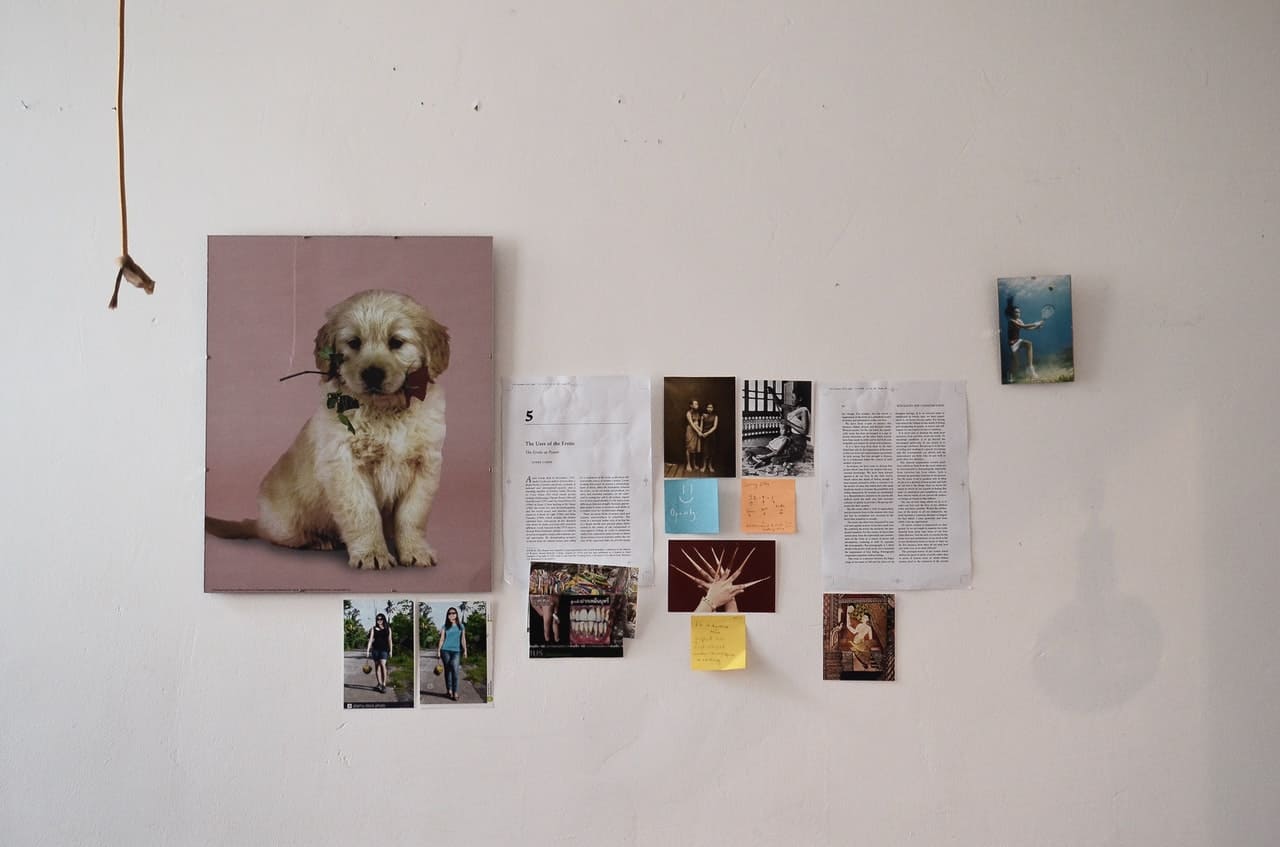If you have a puppy for a pet, life must be pretty active and exciting. Those little bundles can be wild and full of energy all the time, but they’re also one of the sweetest and most innocent animals you can have.
With that said, puppies can also easily get into electrical cords, damage hardwood flooring, and cause a lot of other issues in that limited space. While that little canine may grow up to be the best behaved dog around, this is the phase where you need to puppy-proof your apartment.
Why Should We Puppy-Proof?
Whether you have a one bedroom apartment or something larger, puppy-proofing is a must for the benefit of everyone concerned.
You don’t want to lose your security deposit, your puppy doesn’t want several emergency vet visits every month, and your landlord doesn’t want any harm to come to their property, even if they get compensated for it.

With puppy-proofing, you’ll be keeping most of the danger out of the pup’s reach.
If you puppy proof your home right, it will become easier to dog proof later on. This way, your dog or puppy could roam freely in a certain space without risking their safety or your security deposit.
Not sure how to begin making your apartment safe for a puppy? We’ve got you covered with the tips below.
How to Puppy-Proof an Apartment
Puppies are curious creatures. So, some dog proofing is necessary for every apartment.
If you’ve had a new puppy, moved to a new place with a new dog, or just never thought about puppy-proofing before, here are some useful tips to start with:
1. Get Some Quality Doggie Gates
We’ve heard of baby gates, which parents install in specific areas so that their infant or toddler doesn’t come to harm. Baby gates installed around some delicate decorations also ensures that the baby won’t cause damage either. The same applies with doggie gates.
Where Do You Get a Dog or Puppy Gate?
You might find some gates at a specialty pet shop or online platform, like Amazon, however there’s really no need to go for the more expensive kinds. Regular baby gates will do.
You might already have one or can get it from a friend whose kid has grown up. With a baby gate around a designated area, you can keep the dog or puppy within bounds.
Make sure to have something to keep them occupied while in a limited space. Chew toys, a comfy bed, a litter box, and some kibble will hopefully keep your canine from getting too bored.
You can also add child-safe latches to certain doors, screen doors, or cupboard doors. These will be enough to deter a puppy from getting into a problematic area.
With that said, you should keep in mind that an unsupervised puppy or dog is like an unsupervised toddler, they simply will find a way to cause mischief. So, this might also be a good time to crate train your new pup.
2. Carpet Protection
The debate about whether apartments are better than houses will rage on, but we can’t deny that renting either one means being careful with the place.
With a dog, puppy, or both, you face the risk of completely ruining any carpet or rug in the apartment.
How to Prevent Dogs from Ruining the Carpet?
Even the most docile dog or well-trained puppy might have an accident when their owner is not around for a long time. There are plastic puppy pads that can solve the issue for some areas.
These are not a very sustainable choice, though. If you want a more environmentally-friendly choice to preserve your carpets, washable pads are also available.
What if a Dog or Puppy Chews the Carpet?
If your puppy or dog is under stimulated or feeling anxious, it may resort to chewing your rugs and carpets.
Fortunately, you can counter such behavior by getting some new chew toys (or even probiotic chew treats like these), taking the puppy on long walks before you leave for work (or for any extended amount of time), or spray the carpet using anti-chew spray.
3. Cover the Cords, Wires, and Cables
If your apartment serves as a home office as well, you’re more likely to have a few extra wires and cables dragging on the floor.
With a puppy or dog around, these could be hazards for the apartment and the animal (not to mention your pocket and convenience). The fire safety issues are a whole other story.

Plugged-in cables are even more hazardous for obvious reasons. Make sure to cover as many of the wires, cables, and cords as possible. You may also consider moving them higher up where the puppy can’t reach these delicate items.
Spiral wrap cables, cable clips, or putting a baby gate around the area might be good alternative options too.
4. Cover the Air Vent
Security deposits for apartments are usually refundable, but this means that the place has to be in really good condition at the time you vacate it.
When you have a hairy pet like a puppy or dog, their fur can damage the air ducts in an apartment. Needless to say, this could make you lose out on your deposit within days of moving in.
In any case, floor air vents are a possible hazard for a dog, puppy, cat, or any other pet. You don’t want them getting a nail or claw stuck in the gaps, as this could cause serious injuries.
Fortunately, investing in a simple air vent cover is an inexpensive, hassle-free way to remove such issues.
5. Make Sure the Floors are Always Clean
Curious creatures like puppies can explore, chew on, and taste everything that comes within their reach. This may include human foods, like sugar free gum, crumbs, chips, or even whole pieces of cake, etc.
Tile or vinyl flooring is probably the best option for rented apartments. It’s pretty hard to cause much damage here and you can also sweep or mop them easily. This is especially useful for puppy or dog owners and leaving out anything on the floor can mean that the canine will chew on them.
Making sure to sweep or vacuum your floors regularly will help to keep your puppy from ingesting anything that can block their digestive systems. If the laws for renters in your state are flexible enough, you might even ask about installing vinyl or tile flooring for your own ease.
How Often Do I Need to Sweep the Floors?
If the puppy breed you have sheds a lot, you should ideally sweep the floor at least twice a day. In any case, keeping the floors clean and free of debris is important for the dog’s own health.
Incidentally, it will also help to either store your trash can away where the puppy can’t reach it or get a sturdy, dog proof trash can.
The Takeaway
This might be your first time renting an apartment. Therefore, you should make sure to have everything under control from the very start.

If your landlord is fine with you having a dog or puppy, that’s quite a big deal for a renter. However, it’s your responsibility to keep the apartment safe from any damages.
Take the necessary steps to puppy-proof or dog proof your apartment as soon as possible, preferably before officially moving in. Just these little precautions can improve your standing in the eyes of the landlord, and your neighbors as well. At the same time, you’ll be keeping that pup safe from many dangers.









